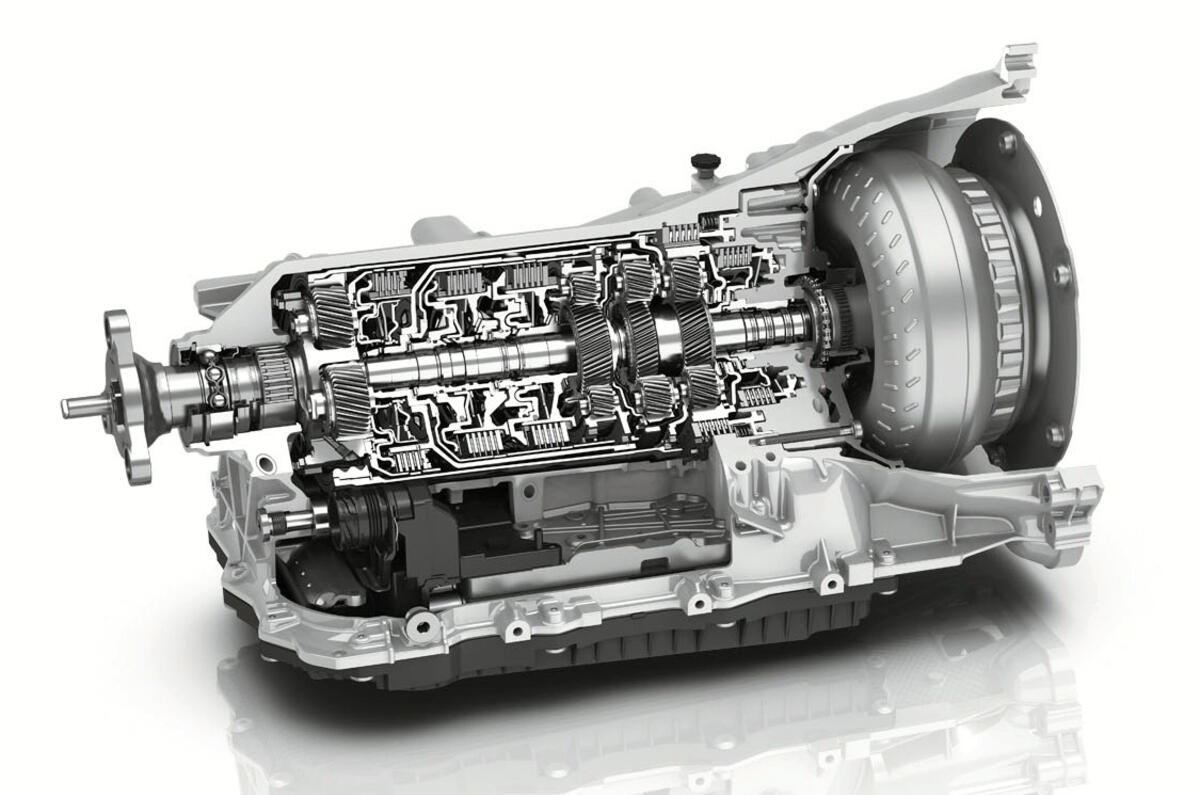If you’re a car lover and you’re a car enthusiast, the concept of “torque converter” is likely not unfamiliar to you. In the realm of automotive engineering, torque converters hold a significant role, particularly within automatic transmission systems. They are mechanical marvels that ensure seamless operation of your car helps power transmission, and contribute to a comfortable driving experience. This guide will decode the internal workings of torque converters to reveal their crucial function in the field of automotive technology.

Torque Converters The Essentials You Need to Know
Power Transmission at its Core The torque converter or fluid coupling, is made to be used with automatic transmissions. Its main purpose is to transfer the power generated by engines to the transmission. The transmission will then drive the wheels. This mechanism is integrated into the automatic transmission system, closing the difference between engine power and wheel movements.
Components in Play The torque converter is an assembly that consists of three elements comprised of the impeller (or turbine), the stator, and the stator. They work in tandem to enable the conversion of torque and power.
Breaking down Mechanism
The mechanics behind the torque converter are fascinating. It involves complex interactions that create efficient transmission power.
Impeller Initiation : When the engine is running, it starts the process by spinning the impeller. Impellers are essentially fan-shaped device that is used to move fluid in the converter. When the impeller spins it produces a flow of fluid that hits the turbine’s blades.
Turbine Response: The turbine, connected to the shaft of the transmission’s input is activated by the impeller’s impact on the fluid. The turbine will be put into motion and spin at a pace proportional with the movement of the impeller. The turbine generates kinetic energy and generates the energy needed to power the transmission system.
The Stator as a Tool for Enhancing Efficiency
The stator is one the most essential components in the torque converter. The stator sits between the turbines and impellers, where it plays an important role in enhancing the efficiency of power transmission.
Fluid Redirecting Mechanism: The stator operates by redirecting the flow of fluid between turbines and impellers. This redirection is vital to increasing the output of torque and insuring the smooth transfer of power. The stator regulates the flow of fluid which results in a smooth and well-balanced operation.
Torque converters are essential to drive.
The operation of a torque convertor has immense significance when it comes to the driving experience:
1 Smooth Transitions: The design and mechanics of a torque converter is responsible for the smooth transition between gears in automatic transmissions. The torque converters that use fluid coupling don’t require manual clutch engagement. This allows seamless shifts without interruption to power flow.
2. Torque converters may also be able to stop engine stalls. The fluid coupling lets the engine run when the vehicle has stopped. This provides a steady idle, and avoids the requirement to engage manually the clutch once the vehicle is stopped.
3. The torque converter helps to ensure efficient power distribution through optimizing efficiency of the power transfer and the torque output. This can improve your driving experience since it gives you the power to accelerate or control cruise.
Torque converters are intricate mechanical parts that form the heart of automated transmission systems. Fluid coupling, which is enabled by the stator impeller and turbine, allows seamless transfer of power from the engine to the transmission. This power transmission makes sure that there are no jerks in shifts in gear and avoids stalls, idling and other problems with driving.
Understanding torque converters’ role is vital to car enthusiasts and engineers. These devices offer the perfect marriage between fluid mechanics and engineering, and they work tirelessly to ensure that each drive is an enjoyable one. Torque converters are an essential component of modern automotive technology and will continue to be in the future as technology evolves. They help to illustrate how mechanics interact with the functionality of the device, and engineering.

